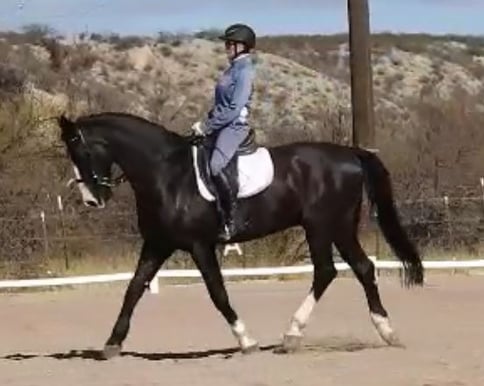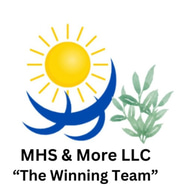Empowering Equestrians Over 50: A Path to Active Aging
As the global population ages, finding ways to keep older adults healthy, happy, and engaged becomes increasingly important. One population that offers a unique perspective on active aging is that of equestrians over the age of 50. Riding and caring for horses can be physically demanding,........................
Bobbilana
5/14/20252 min read


Introduction
As the global population ages, finding ways to keep older adults healthy, happy, and engaged becomes increasingly important. One population that offers a unique perspective on active aging is that of equestrians over the age of 50. Riding and caring for horses can be physically demanding, requiring strength, coordination, and mental acuity. However, for many older equestrians, these are not deterrents but, rather, motivating factors that contribute to their overall well-being. This essay explores how empowering equestrians over 50 not only benefits the individuals directly involved but also provides insights on promoting active aging in general.
Challenges Faced by Older Equestrians
Age inevitably brings about changes in physical ability and health, and for equestrians, these changes can pose specific challenges. Decreased balance, reduced muscle strength, arthritis, and slower reaction times are all factors that can affect an older rider’s ability to interact with horses safely. Furthermore, the equestrian community itself may inadvertently contribute to these challenges by fostering an environment geared more toward younger riders, thereby limiting access to training and competitive opportunities for older adults.
Strategies for Empowerment
1. Adaptive Training Programs: One of the primary ways to empower older equestrians is through the development of adaptive training programs that cater specifically to their needs. These programs should focus on enhancing balance, flexibility, and strength, all while maintaining a low risk of injury. Additionally, training sessions can integrate cognitive exercises with physical movement, helping to keep both the mind and body sharp.
2. Age-Focused Competitions: Introducing or increasing the visibility of age-appropriate competitions can give older riders goals to strive for and a community to engage with. Competitions tailored for seniors can help validate their skills and contributions to the sport, boosting confidence and motivation.
3. Community and Mentorship: Building a community that actively includes and values older riders is essential. This could involve creating clubs or groups focused on mature equestrians, facilitating mentorship roles where experienced riders can share their knowledge and skills with younger generations, and promoting intergenerational activities.
4. Health and Wellness Support: Providing targeted health and wellness resources can address specific age-related challenges. This may include workshops on nutrition, physical therapy tailored to equestrians, and mental health resources focusing on coping strategies for dealing with the lifestyle changes that aging can bring.
Benefits of Empowering Older Equestrians
The benefits of empowering older equestrians extend beyond individual health and happiness. Physically, regular interaction with horses helps maintain muscle mass, improve cardiovascular health, and enhance coordination. Psychologically, being actively involved in equestrian sports can improve cognitive function, elevate mood, and decrease feelings of isolation and depression. Furthermore, retaining older adults within the equestrian community helps preserve a wealth of knowledge and experience, enriching the culture and skill level of the sport as a whole.
Conclusion
Empowering equestrians over the age of 50 is a multifaceted endeavor that presents both challenges and opportunities. By recognizing and addressing the specific needs of older riders, communities can foster an environment where age is not a barrier to participation but a valued aspect of diversity and experience. Through adaptive training, supportive communities, and health-focused initiatives, the equestrian world can lead the way in promoting a model of active aging that benefits all participants.
